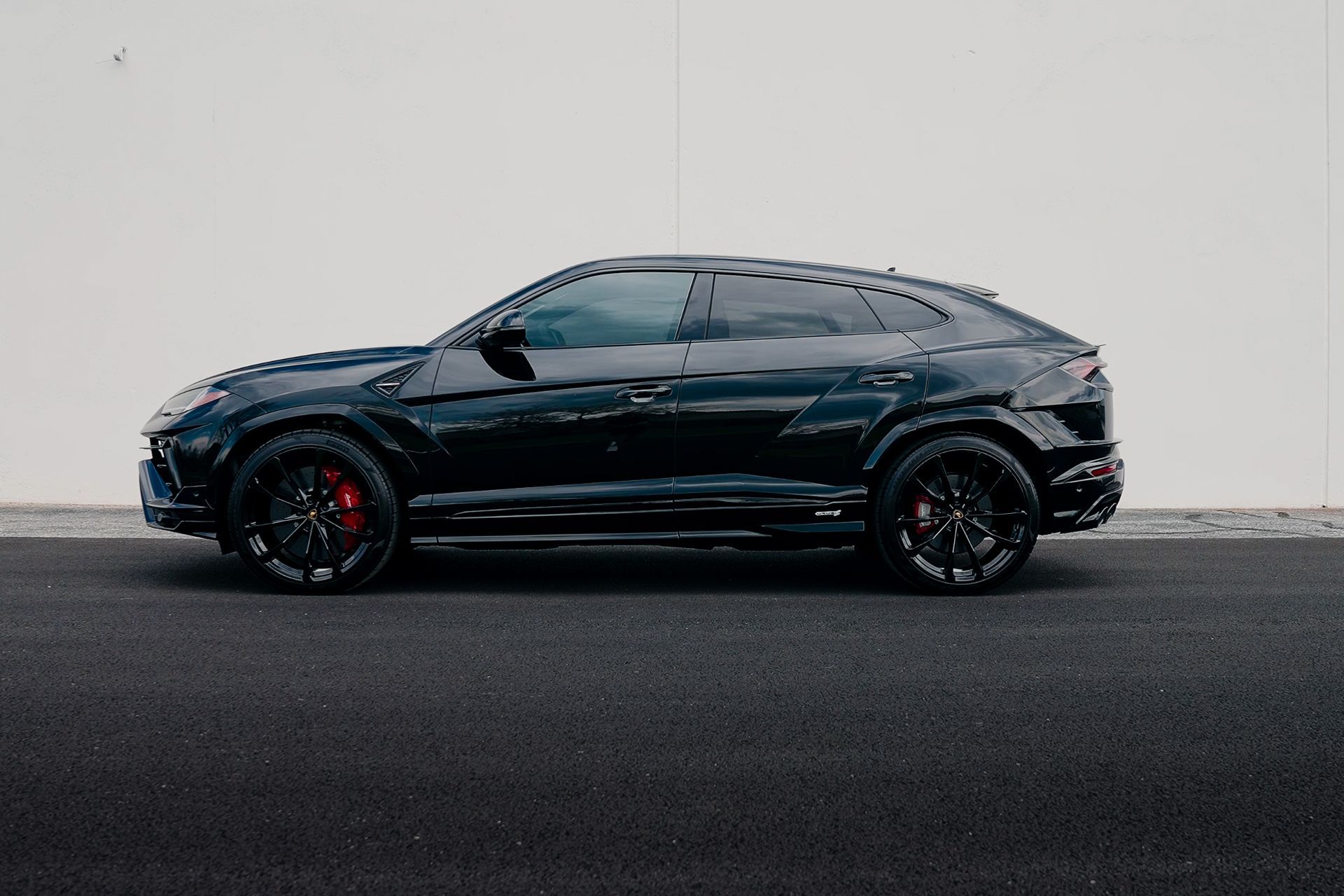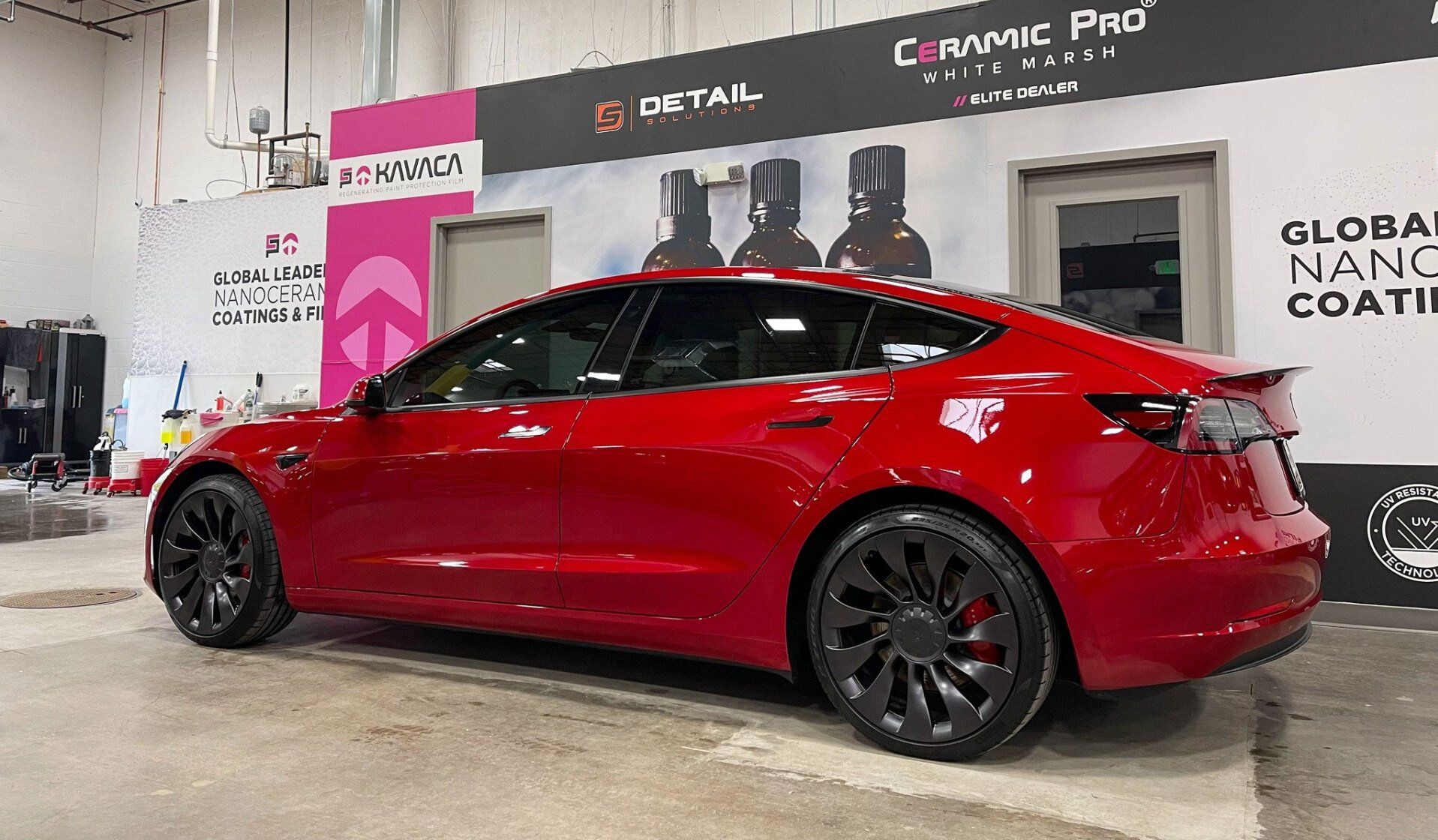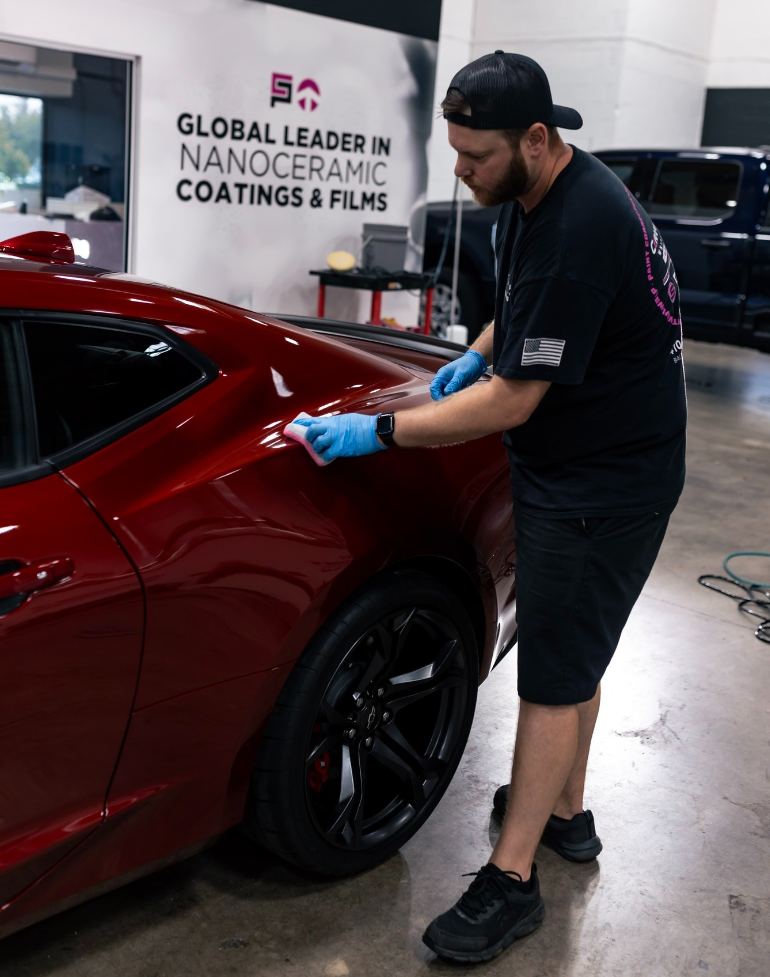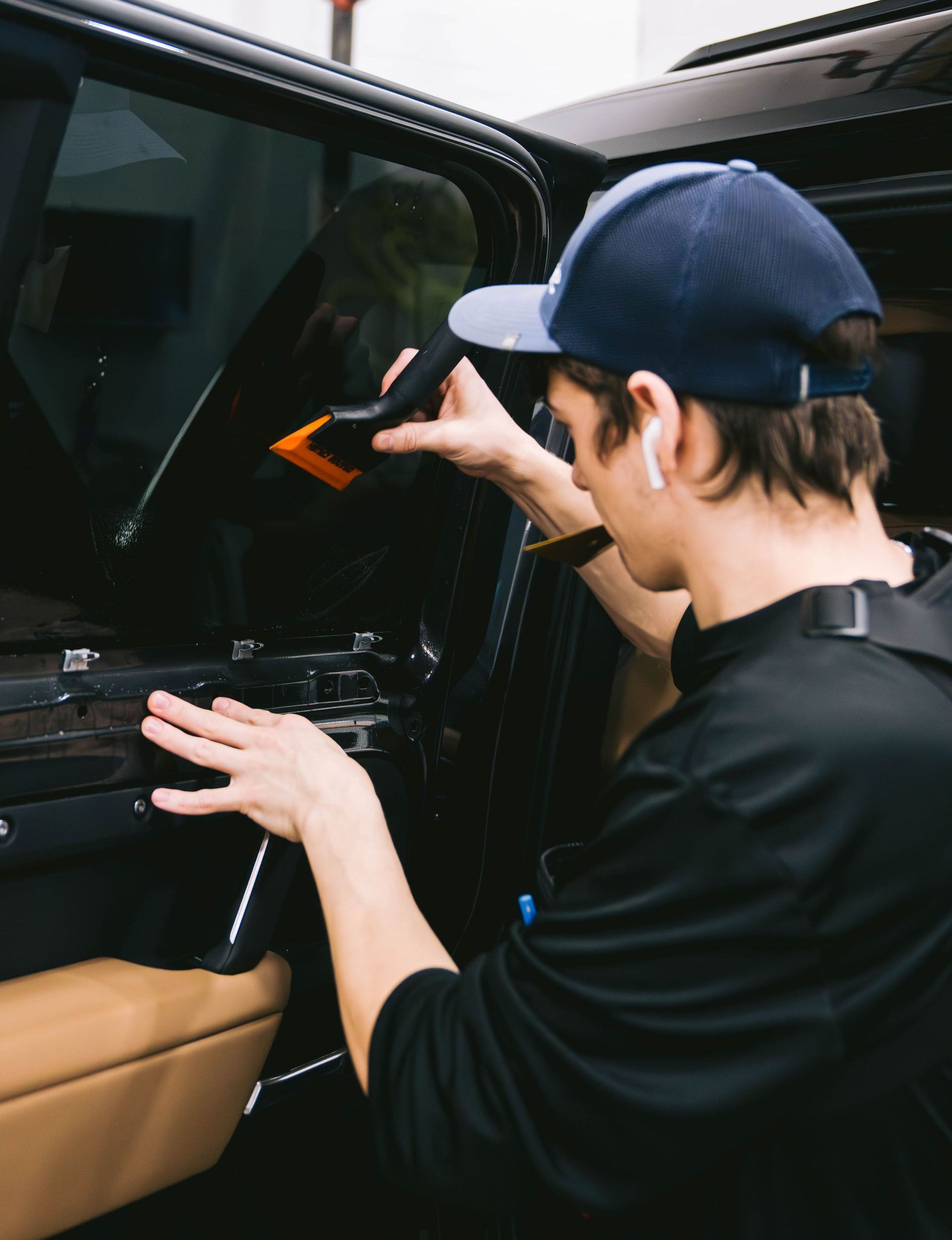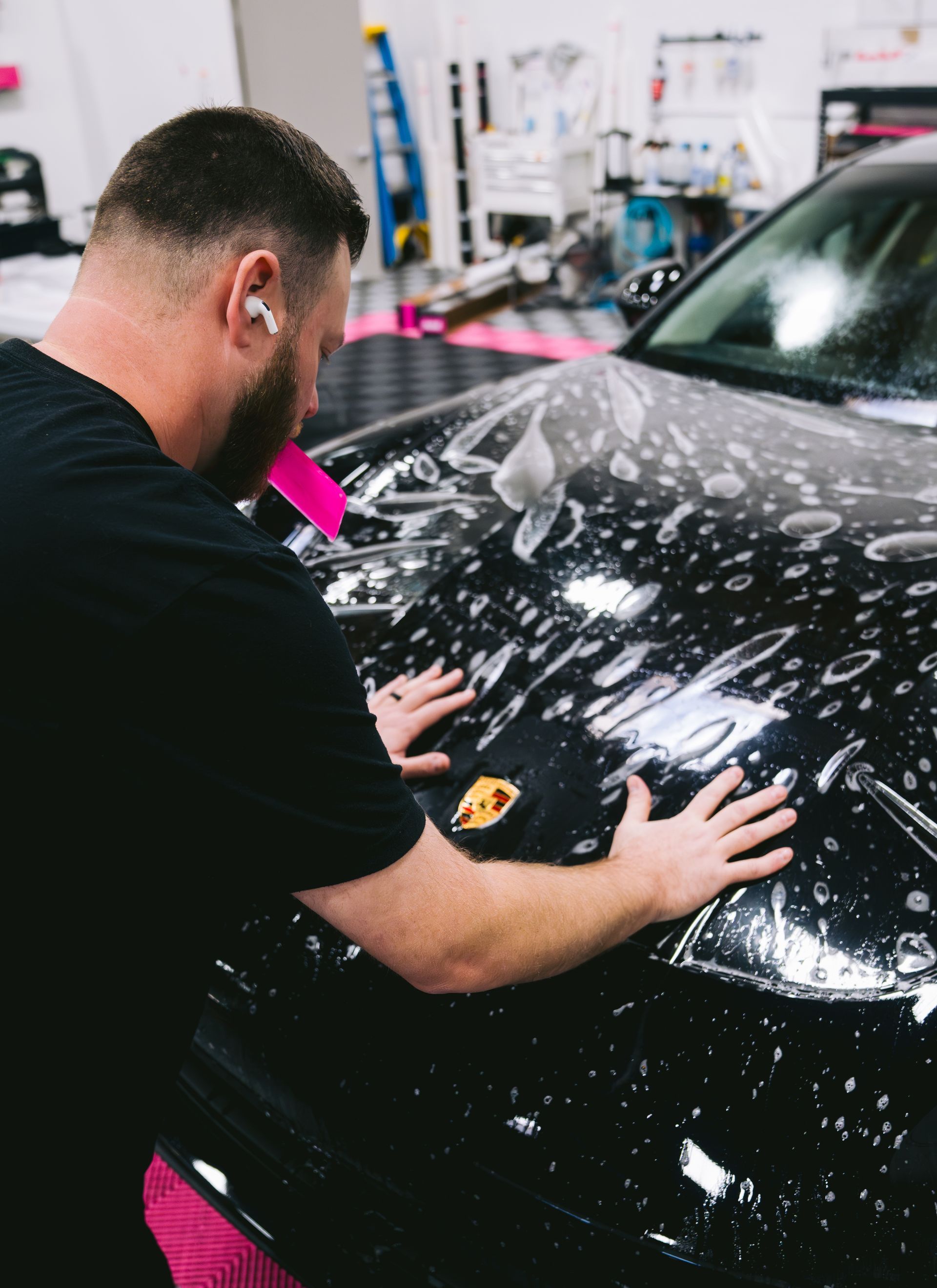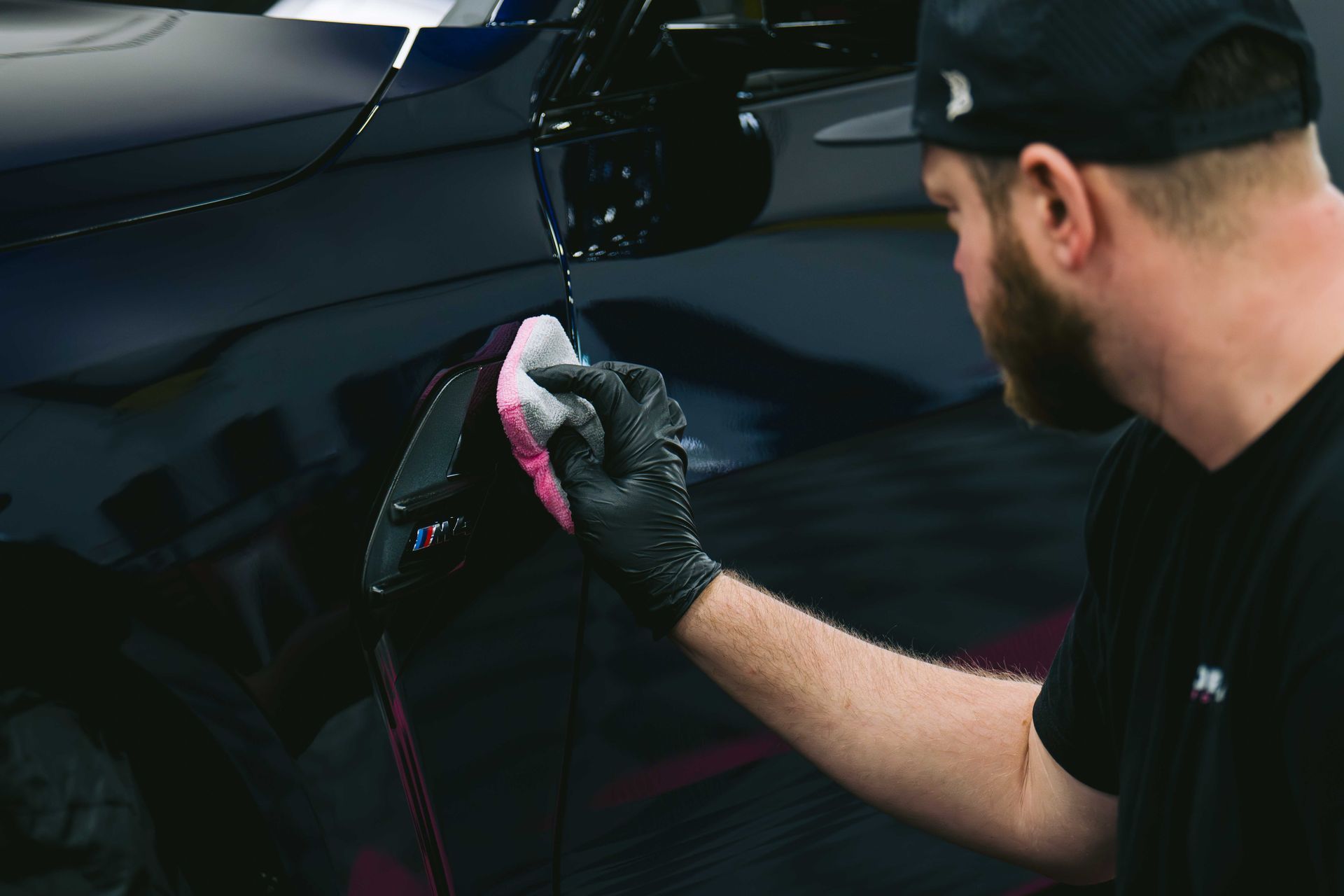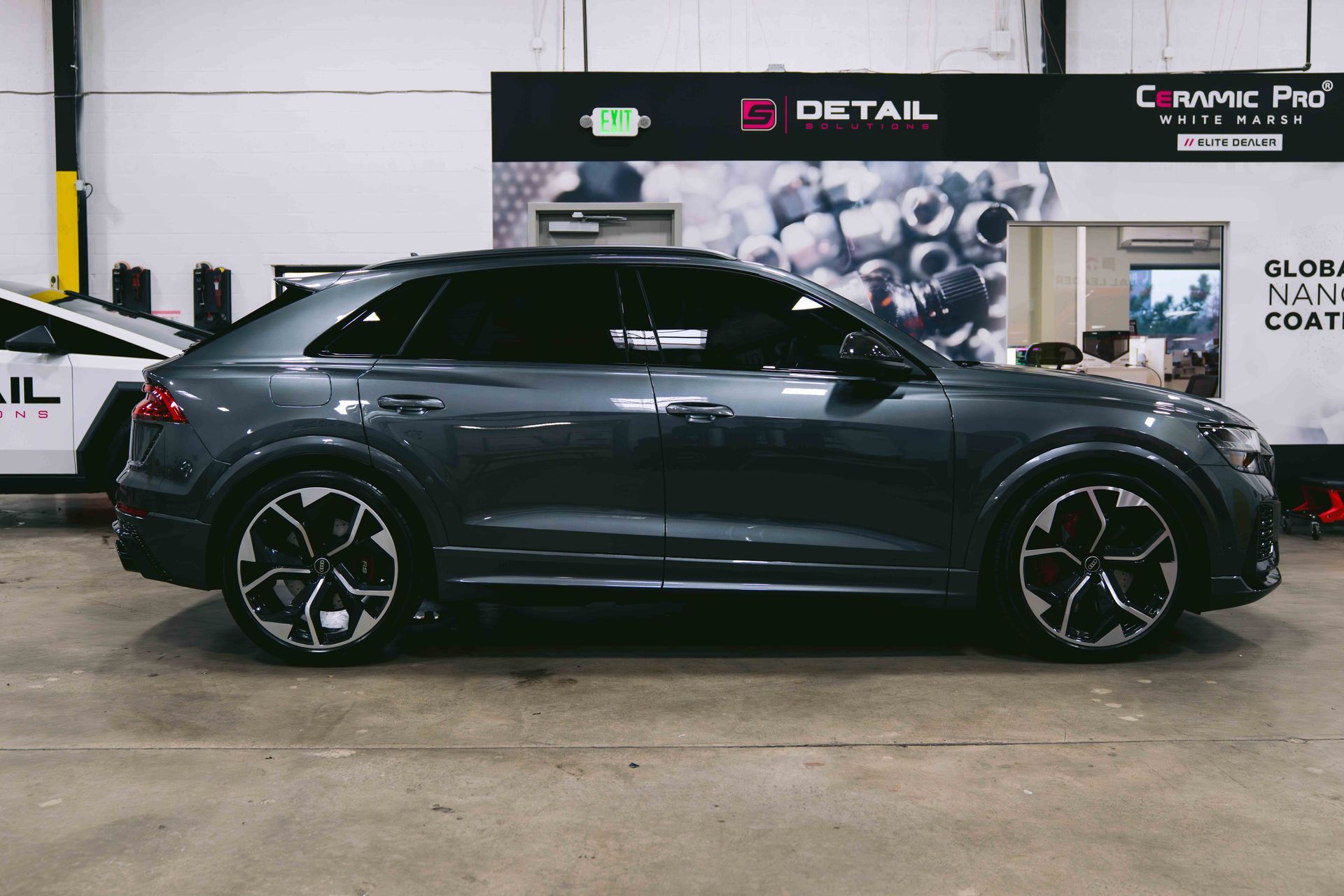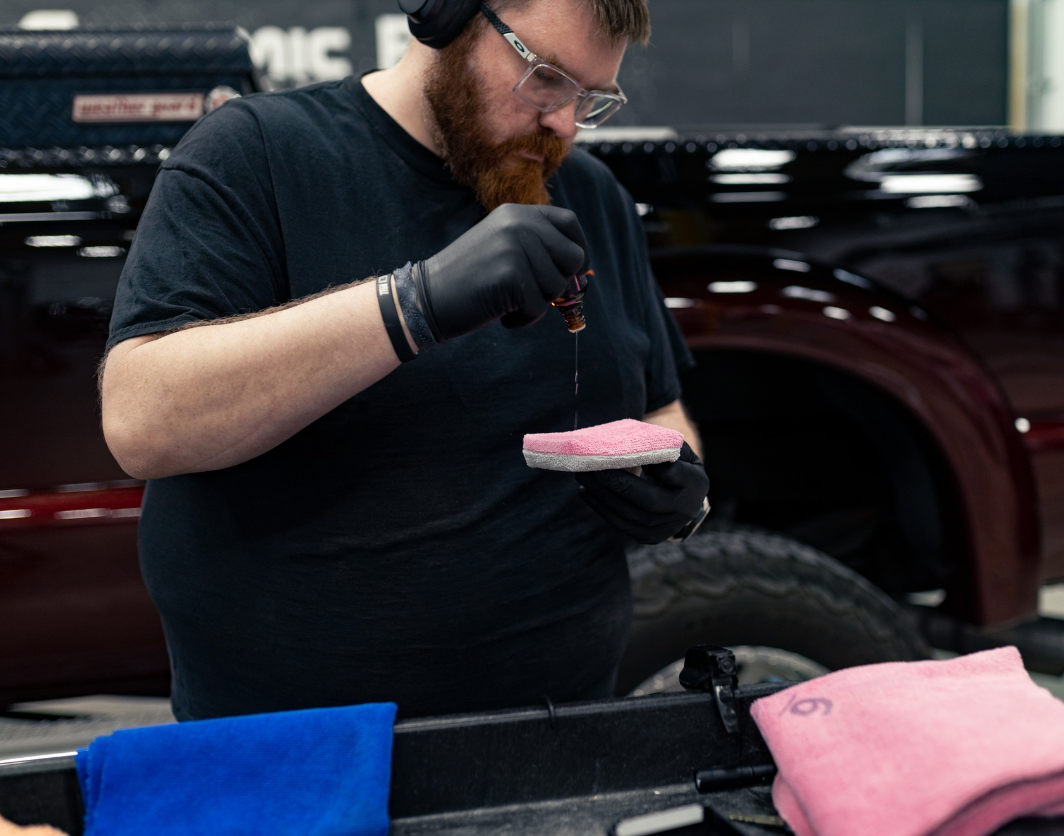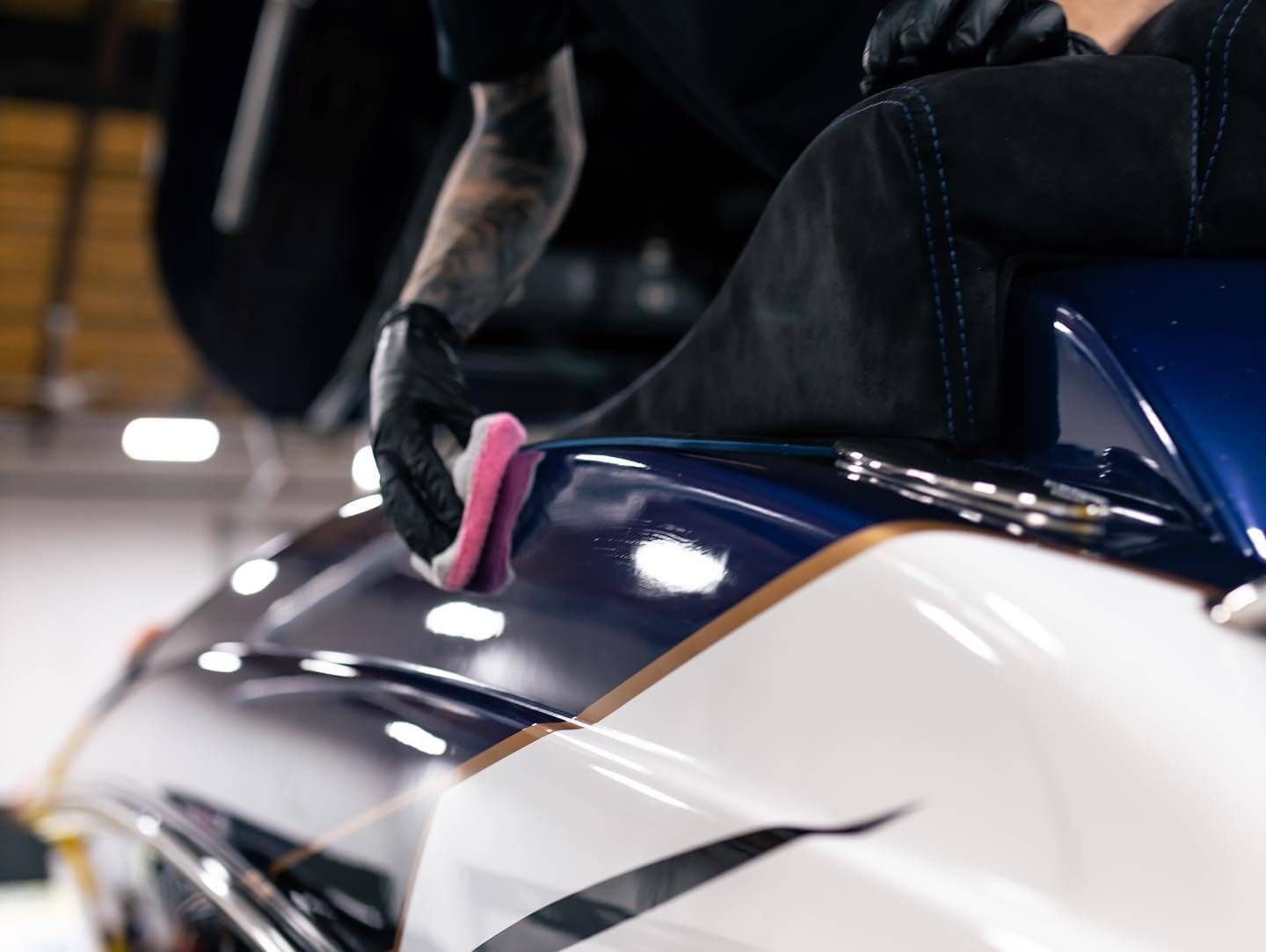How to Maximize the Life of Your Vehicle's Ceramic Coating: Essential Maintenance Tips
For many car enthusiasts, there's nothing quite as satisfying as seeing your vehicle shine in pristine condition. The investment in ceramic coating often feels worthwhile as it offers superior protection and a remarkable gloss. However, maintaining this layer properly is key to ensuring it lasts. The application acts much like a sealant, offering resistance against environmental damage and aiding in the preservation of your car's finish. Without diligent care, even the highest-quality coatings can degrade prematurely, affecting both the look and value of your car.
Navigating the complexities of ceramic coating maintenance may seem daunting, but it's vital to start correctly. From intimately preparing your vehicle’s surface before application to understanding the nuances of regular upkeep, each step plays a critical role. Here, we’ll explore detailed steps based on extensive research to help you keep your coating performing at its best.
To maximize the life of your vehicle's ceramic coating, it is essential to follow a regular maintenance routine that includes washing the car every two weeks with pH-neutral products specifically designed for ceramic coatings and using manual washing techniques to avoid minor damages. Additionally, avoid exposing the vehicle to direct sunlight during washes, apply a ceramic booster every 6-12 months, and keep the car indoors for at least 72 hours after application to ensure optimal curing.
Preparing Your Vehicle for Coating
The preparation phase is a labor of love that significantly impacts the longevity and effectiveness of the ceramic coating. To start, you'll want to focus on Step I - Thorough Cleaning. This means washing your vehicle using a pH-neutral car shampoo, which avoids compromising existing wax or sealants on the paint. The use of a sealant creates an additional layer that boosts resistance against contaminants, thereby aiding in the preservation of your car's pristine appearance.
Using a foam cannon can help apply the shampoo evenly and maintain lubrication between the surface and wash mitt. Opt for a high-quality microfiber wash mitt, as it captures dirt without damaging the clear coat. Remember to rinse thoroughly; nothing beats a pressure washer for effectively dislodging dirt and grime from hard-to-reach places.
Once your vehicle is sparkling clean, it's time to move on to the next important step: decontamination.
In Step II - Decontamination, we use a clay bar treatment to remove bonded contaminants that standard washing can miss—things like tar, tree sap, or industrial fallout. By running the clay bar over the paintwork with a lubricant (which you can create using a diluted soap solution), you'll leave behind a soft and smooth surface optimized for adhesion. Think of it like exfoliating your skin before applying lotion; you wouldn’t want to apply moisturizer over dead skin cells.
With a freshly decontaminated surface, we can now address imperfections in the paint itself.
Step III - Paint Correction is essential for highlighting your vehicle’s aesthetic appeal while ensuring maximum bonding of the ceramic coating. This involves polishing away swirl marks and oxidation. You don't need to be an expert; there are user-friendly polishers available that guide you through the process. Start with a less abrasive polish to test how your paint responds before moving on to finer pads that enhance gloss and clarity even further. The time invested in this step pays off tenfold when your vehicle shines beautifully under sunlight post-coating.
Finally, after achieving that immaculate surface, it's crucial not to skip Step IV - Alcohol Wipe-Down.
This final step involves using an isopropyl alcohol solution—at a concentration of about 50%—to eliminate any remaining oils or residues left from previous steps. As you wipe down each panel with a clean microfiber towel, you're preparing an exceptionally clean foundation for the ceramic coating to bond effectively. Especially in variable weather conditions, a bare surface devoid of contaminants or residue ensures your ceramic coating adheres optimally, allowing it to perform its best in protecting your vehicle for years to come. This preparation is essential to resolve any potential issues related to coating adherence that could arise in adverse weather.
These meticulous steps lay the groundwork necessary before applying the protective layer that will guard your vehicle against elements and enhance its shine. For cars that frequently encounter harsh weather conditions, such preparation becomes even more crucial to prevent issues like fading or erosion of the protective layer.
Protecting from Environmental Factors
First and foremost, avoiding direct sunlight is crucial. UV rays are relentless and can weaken your coating over time, leading to dullness and a loss of hydrophobic properties. Whenever possible, I recommend parking your vehicle in shaded areas or even indoors. If you're going to be out for an extended period, think about securing shade with an umbrella or a cover. This simple step helps shield your vehicle from harmful debris that may otherwise accumulate on exposed surfaces.
Second, protect your vehicle against harsh elements by investing in a high-quality car cover. When your vehicle isn’t in use for a long stretch, like during the winter months or when you’re on vacation, covering it up helps shield it from bird droppings, tree sap, and acid rain—substances that can etch into the coating and leave permanent marks. Trust me, this extra layer of protection pays off in the long run. Additionally, utilizing professional cleaning services can provide an extra layer of defense by ensuring that all debris is effectively removed.
As we move through these protective steps, another key aspect remains: routine inspections.
Maintaining awareness of your car’s condition can mean the difference between minor maintenance and costly repairs. Regularly inspect your vehicle for any signs of contaminant buildup, such as dirt, dust, or stains that could compromise the coating's effectiveness. It’s often said that an ounce of prevention is worth a pound of cure, and in this case, a quick check can save you hours and dollars later on. If you notice any contaminants, address them swiftly using specialized cleaning products designed for ceramic coatings that won't degrade their protective qualities. These services may also offer valuable insights into the importance of preventative care for your vehicle.
Using Compatible Maintenance Products
One key aspect involves using pH-balanced cleaners, which maintain the delicate balance required for ceramic surfaces. For example, CrystalShield Ceramic Shampoo is specifically designed to offer a protective wash without compromising your coating, effectively managing any debris buildup.
One key aspect involves using pH-balanced cleaners, which maintain the delicate balance required for ceramic surfaces.
Furthermore, avoid harsh chemicals like those found in typical household cleaning agents. These strong acids or alkaline-based cleaners might seem effective for regular car washes but can strip away the protective layer of your ceramic coating. Imagine applying a bitter remover to delicate skin; much like that, these cleaners will erode your vehicle’s shine and protection over time. The rule here is simple: If it's too harsh for your hand, it's too harsh for your ceramic.
Beyond just cleaning agents, consider introducing specialized maintenance sprays into your routine.
Utilizing maintenance sprays can significantly boost the hydrophobic properties of your coating while enhancing its gloss. This means rainwater will bead up on your car’s surface rather than flatlining into spots—an aesthetically pleasing sight that also aids in keeping dirt at bay. Regular application of these sprays can effectively rejuvenate the protective qualities of your ceramic layer, ensuring that it continues to guard against contaminants like bird droppings, UV rays, and road grime.
As you explore these options, be attentive to product compatibility with your existing coating. Understanding labels and instructions can save you from making costly mistakes. Before diving into any new product, check online reviews, seek recommendations from other users, or consult with detailing professionals to ensure you're using the best tools available to care for your investment.
Regular Boosters for Enhancing Durability
The frequent use of ceramic boosters is one of the simplest yet most effective strategies to prolong the life of your ceramic coating. These specialized sprays enhance the surface layer of your vehicle, providing a protective barrier while revitalizing its appearance. A consistent schedule makes all the difference in maintaining that showroom shine.
Step I - Bi-Annual Applications
Ideally, you should plan to apply a ceramic booster every 6 to 12 months. This timeframe allows the existing coating to receive a refreshing layer that combats wear and tear. Consider it a form of yearly maintenance—similar to how you would ensure your home stays comfortable through regular upkeep. These boosters are user-friendly, making them an easy addition to your vehicle care routine, even for those who might not consider themselves car enthusiasts.
Step II - Applying Boosters
Once you're ready to apply the booster, begin with a clean slate: wash and dry your vehicle thoroughly. This step is crucial; any residual dirt can interfere with the product's effectiveness. It’s intuitive—just spray the booster directly onto a microfiber towel and spread it evenly across the surface. Take time to cover every inch for an even finish. After application, use another clean microfiber towel to gently buff out any excess residue, ensuring a brilliant shine without streaks.
Step III - Benefits
The advantages of regular booster applications can't be overstated. Beyond maintaining your coating's hydrophobic properties—helping repel water and prevent unsightly spots—boosters amplify shine, giving your vehicle that mirror-like finish. Additionally, these products act as a defense against contaminants like bird droppings or tree sap that can damage paint if left unattended.
This simple habit boosts durability and ensures your vehicle remains aesthetically pleasing for years, allowing you to enjoy your investment's full benefits in ceramic coatings.
Want additional guidance on maintenance or product selection? Feel free to explore our resources at Baltimore Detail.
Incorporating these essential maintenance tips into your routine will maximize the lifespan of your ceramic coating and keep your vehicle looking pristine.
For personalized advice or questions, don't hesitate to reach out at (410) 238-3000 or visit
Baltimore Detail.

